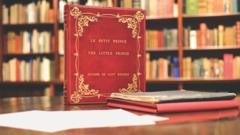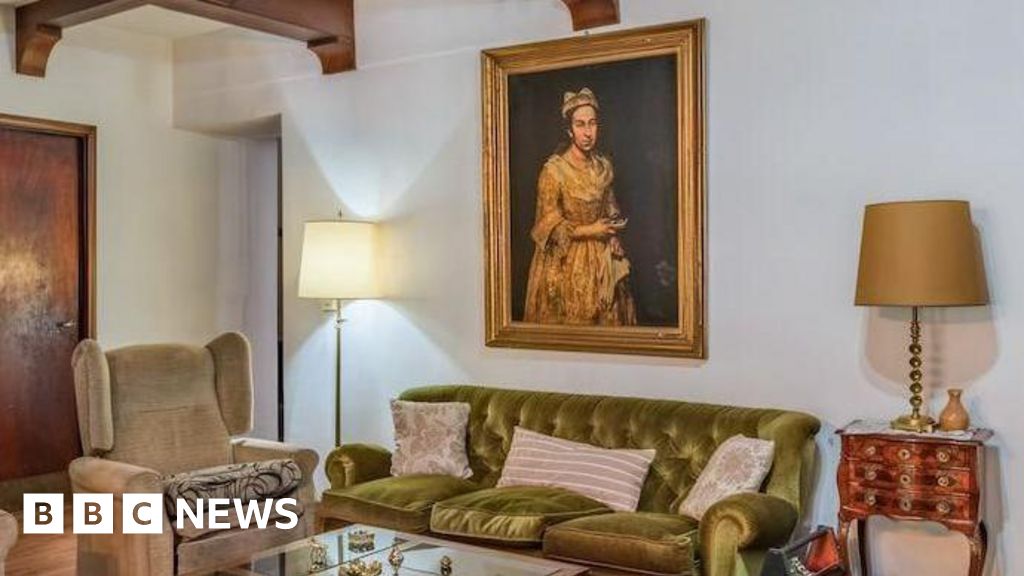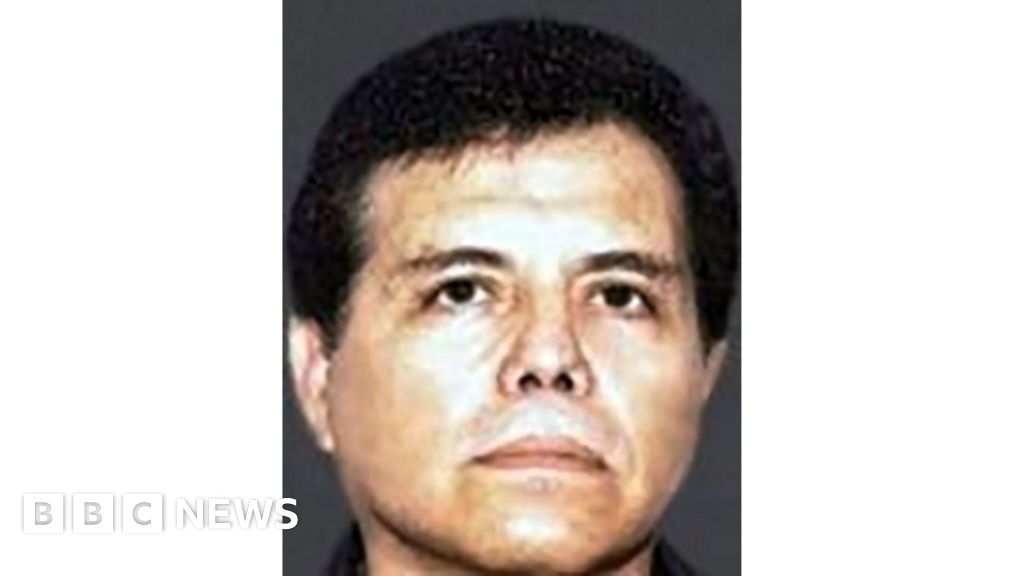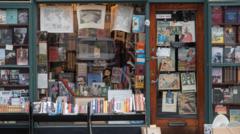A unique typescript of "The Little Prince," one of the most widely translated children’s stories, is poised to hit the auction block for an astounding $1.25 million (£963,313). This typed manuscript was crafted in New York by its author, Antoine de Saint-Exupéry, during his exile from Nazi-occupied France in the 1940s. Currently, only three such copies are known to exist, one of which will be showcased at the upcoming Abu Dhabi Art Festival in the United Arab Emirates this November.
Sammy Jay, a senior literature specialist from the seller, Peter Harrington Rare Books, remarked on the extreme rarity of having a "typed manuscript" like this. The original work, published in 1943 as "Le Petit Prince," was written in French, targeting children during Saint-Exupéry's exiled years in New York amidst World War II. Tragically, after completing this allegorical tale, the aviator returned to Europe for reconnaissance missions with the Free French Air Force and subsequently disappeared during one of his flights—his whereabouts remain a mystery.
The enchanting story follows a downed pilot in a desert who encounters a young boy, the Little Prince, who reveals profound life lessons. Since its publication, "The Little Prince" has garnered millions of international sales and acclaim.
The typescript for auction contains the author's handwritten notes and sketches, making it exceptionally personal, according to Jay. This particular copy includes evidence of Saint-Exupéry’s life, such as marks from stubbed-out cigarettes, and features initial sketches of the prized Little Prince character- one of which served as a draft for the book's final illustration.
Jay revealed that while two other typescripts are preserved—one in the national library of France and another in Texas's Harry Ransom Center—the third typescript was privately held in France for decades and is the only one being sold to the public. He described the opportunity to present this manuscript as astounding, stirring the excitement of combining literary history with personal anecdotes from the author’s life.
The typescript also showcases one of the most renowned lines from the book: "It is only with the heart that one can see rightly; the essential is invisible to the eye." Its upcoming sale might attract museums or libraries outside of Europe, acknowledging the narrative's global significance as part of literary heritage, and ensuring the legacy of one of the most cherished books in history endures.



















